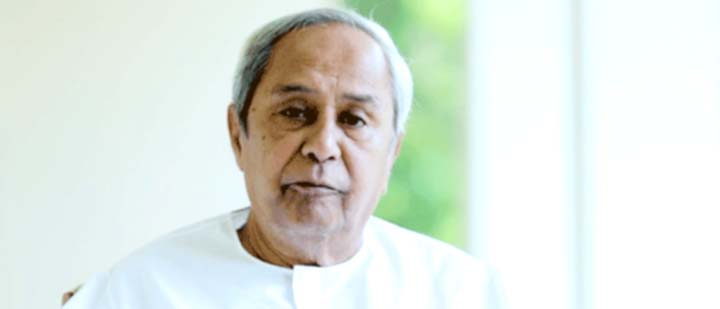Bhubaneswar:The failure of the “Naveen Factor” in the Nuapada by-election is a complex outcome rooted in both local dynamics and the party’s new status as the opposition. For two decades, Naveen Patnaik’s personal popularity was a potent force that could often transcend local issues and organisational weaknesses, but several factors converged in Nuapada to break this spel.
The Biju Janata Dal (BJD), still reeling from its loss of power after a two-decade-long rule, has faced a crushing setback in the crucial Nuapada by-election, finishing in a distant third place. This result is widely interpreted as a reflection of a severe organizational crisis within the party and a distinct failure to transition effectively into the role of opposition.
For 24 years, the BJD’s campaigns benefited from the advantage of being the ruling party (the incumbent’s ‘largesse’). In Nuapada, for the first time in two decades, the BJD was fighting as the opposition, lacking the extensive resources and administrative power it once commanded to mobilise voters and influence local leaders.
The by-poll, necessitated by the death of BJD’s sitting MLA Rajendra Dholakia, was a critical test of the party’s residual support and its ability to mobilise voters without the aid of government machinery. The outcome has instead highlighted a major disconnect.
Key to the BJD’s defeat was the failure to retain the political legacy of the Dholakia family. The deceased MLA’s son, Jay Dholakia, had defected to the Bharatiya Janata Party (BJP) and was fielded as their candidate, ultimately winning the seat. This defection and subsequent loss of a traditional support base is a significant blow, raising serious questions about the BJD’s internal management and its failure to nurture and retain prominent political families in a constituency it had previously held.
The seemingly unenthusiastic response to the BJD’s own candidate further underlines the party’s deepening woes. Political analysts suggest this indicates a broader problem: the party’s structure, built around a centralised leadership, may be struggling to activate its grassroots cadre and motivate voters in the post-power era. The personalised nature of the party under former Chief Minister Naveen Patnaik, long considered an unparalleled vote-catcher, appears to have left the organisation vulnerable once the power structure shifted.
This result represents a clear humiliation for Naveen Patnaik. While his persona was historically synonymous with electoral success, the by-election suggests that the ‘Naveen Factor’ may no longer be sufficient to override organizational weaknesses and the electorate’s changing mandate.
The outcome forces a severe and immediate need for introspection on the party’s leadership style in opposition, its ability to counter the ruling dispensation’s narrative, and its capacity to remain politically relevant in a state where the axis of power has decisively shifted. The BJD’s slump to third place in a vital contest is a loud alarm bell for its future electoral prospects.
In essence, the “Naveen factor” was undermined by a perfect storm of the BJP strategically weaponizing local legacy through a successful defection, combined with the inherent challenges faced by the BJD as it fought its first by-poll as a party out of power.


